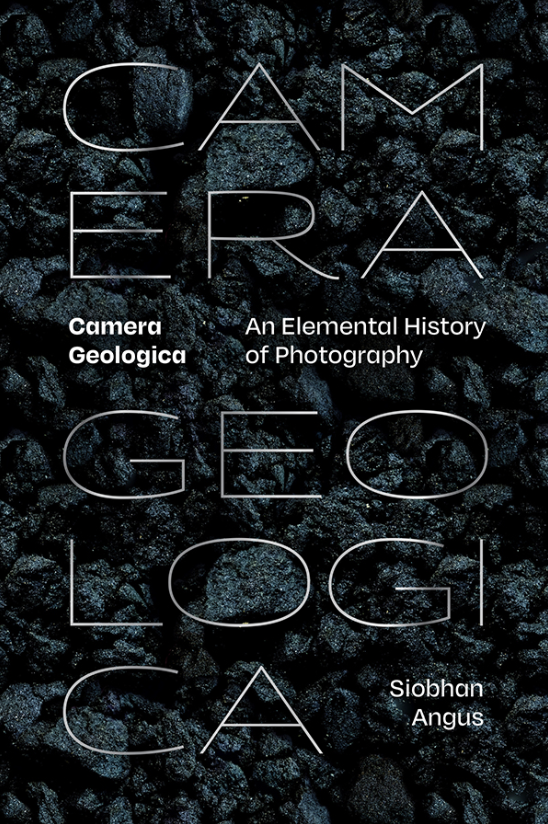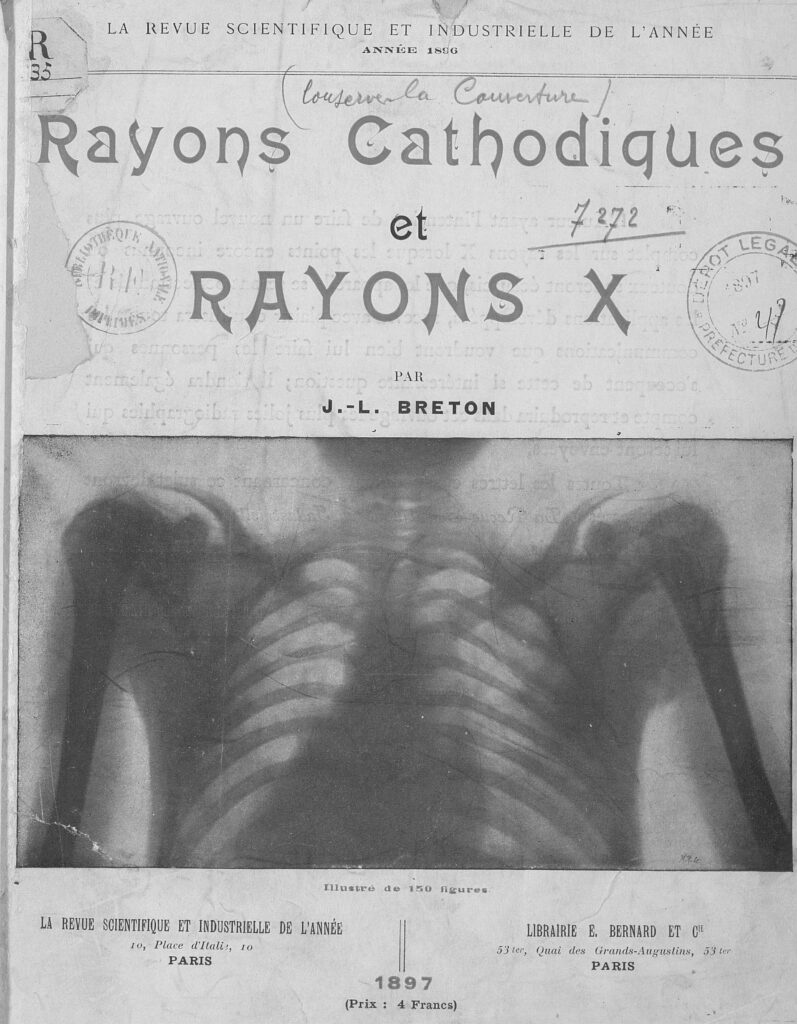A new book challenges the myth of photography’s immateriality.

Camera Geologica: An Elemental History of Photography
Siobhan Angus
(Duke University Press, 2024)
The word photographie, minted in 1834, suggests pictures written by light. Its earlier correlative, héliographie, coined by the inventor Nicéphore Niépce in 1829, evokes pictures written by the sun. From its inception, photography was thus placed in the family of weightless, ethereal things, more an element of air and sky than of earth. White museum walls or sterile digital environments help maintain this airy fiction. Even the physical elements that come to mind when thinking about photography — the camera and its accoutrements, the plastic basins and bottles of chemicals in the dark room, the frames and mattes for display — leave no dirt under one’s fingernails. On a recent trip to my university library’s Special Collections for a seminar on the history of photography in France, my students and I had to wash our hands before entering the classroom — before we could touch the optical devices and images the librarian had spread out for us on tables: a zoetrope and a phenakistiscope, anamorphic prints, daguerreotypes, photograms, calotypes, vues d’optique, stereoscopes, a camera lucida, cartes de visite, cabinet cards. We were more filthy than the objects before us.

And yet one of the earth’s dirtiest places, the mine, « is a necessary precondition for photography as a medium », Siobhan Angus argues in Camera Geologica: An Elemental History of Photography. The book’s most important contribution is its challenge to the myth of photography’s immateriality. Angus plumbs the depths for seams that connect photography with those pits below us, made by men. To counter the cleanness of photography’s history, Camera Geologica pulverizes it into its most granular form and offers gritty shovelsful to the reader. The resulting material history is a wilder tale, including ground-up mummies, the Dead Sea, petrocapitalist deceptions, and fossils.
I’ll say up front that Camera Geologica is excellent and you should read it. It will surprise, alarm, depress, educate and inspire you. As the author states in the opening pages, Camera Geologica belongs in a historical-materialist genealogy, wherein the material world of raw matter, its processing, and its bending into infrastructure, institutions and ideologies explains the power imbalances common among humans. While I don’t believe a material account of the world can explain everything, the book certainly fills in great gaps in the material history of photography, and for that it deserves high praise. It should be read alongside, not in place of, the many excellent histories and theories of the immaterial aspects of photography that predate this book and those that will certainly come after it.
This article is behind the paywall. Want to keep reading this article?
Subscribe to the European Review of Books, from as low as €4,16 per month.
Already a subscriber? Sign in